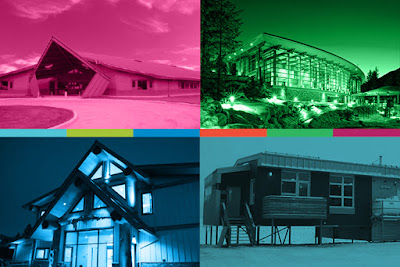The following is an excerpt from the Employee Resource Group Framework that I have been working on over the past six months. The full document when available will provide additional information on these and other key items for Employee Resource Groups (ERGs).
Employee Resource Groups are voluntary groups which bring together employees who share a common identity, characteristics, and/or bond or background and provide optimum environments and opportunities for these employees to flourish and to contribute fully to the organization. ERGs also advocate for the necessary shifts required to accomplish this at a broader and deeper level in the organization.
Some of the most common Employee Resource Groups are for women, LGBTQ2S+ employees, Indigenous peoples, people with disabilities and minority cultural groups.
Note that these key principles were written for a non-profit / non-governmental organization / government context, and thus will differ from what one sees in articles about company ERGs.
Key Principles for Employee Resource Groups
1. Based on People Attributes
Employee Resource Groups (ERGs) bring together employees who share a common identity, characteristics, and/or bond or background.
In the context of a diversity and inclusion initiative, most if not all ERGs are attribute-centered, particularly around peoples who have historically been or presently are at the margins in the workplace. They are not primarily about shared interests, hobbies or skill development.
2. Focused on Flourishing
Employee Resource Groups are focused on enabling and increasing the flourishing of their members. While there are benefits to the employer, these are not the primary driver for having ERGs.
3. Member-Driven
“Nothing about us without us.” While some overarching policies and principles govern Employee Resource Groups, what happens at an ERG in terms of format and activities is determined by its members.
4. Inclusive of a Range of Needs
Employee Resource Groups can address a range of desired results for their members. The hierarchy can be expressed as follows:
Positive mental health and general well-being
Social networking and personal development
Organizational awareness and policy alignment; community outreach
Full integration into the business
While seeking to create movement forward, Employee Resource Groups need to remember those employees who most need help and support to be included and to flourish at work as well as those who are further along in their journey.
5. Geared to Their Members
Employee Resource Groups are geared to the needs of their members as related to their social context, barriers faced, etc., and can vary significantly from one another in their purpose and format.
6. Evolving over Time
It is anticipated that the form and structure of each Employee Resource Group will evolve over time as movement toward flourishing takes place and as the corporate culture evolves.
7. Intentionally Intersectional
Recognizing the intersectionality that runs through the lives of many employees, Employee Resource Groups will be intentional about using an intersectional lens in their planning and activities.
8. Collaborative
Employee Resource Groups will seek out opportunities to collaborate with other ERGs to share resources, optimize their efforts and increase unity.
9. Engaged with Allies
Employee Resource Groups are engaged with their allies to work together for the flourishing of all.
Rob Goetze
 If you are two-spirit or transgender, you are a gift from the Creator. You are beautiful and the world is incomplete without you.
If you are two-spirit or transgender, you are a gift from the Creator. You are beautiful and the world is incomplete without you.






















